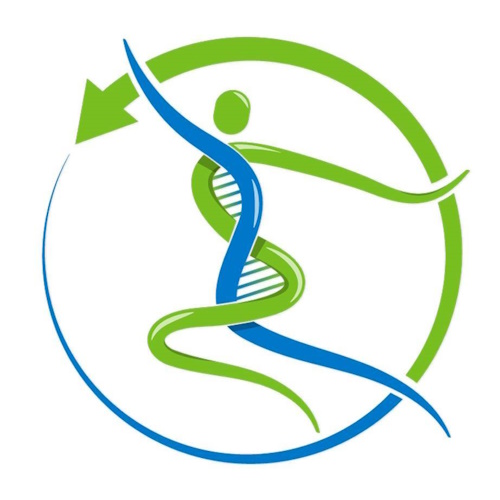Key points from article :
A group of researchers has succeeded in partially restoring vision in mice.
By generating chemically induced photoreceptor-like cells (CiPCs) from non-pluripotent cells.
Researchers discovered a formula that transformed fibroblasts into CiPCs in only 10 days.
Multi-step process of chemically-induced differentiation, orchestrated by mitochondria.
They reprogrammed fibroblast cells into photoreceptors, then transplanted in mice.
3 types of fibroblasts chosen as source cells because of its abundance in human connective tissue.
14 transgenic mice of a different type, programmed to develop rapid retinal degeneration.
They were used as transplantation targets of CiPCs into the subretinal space.
6 mice had improved pupillary constriction (marker of photoreceptor function) 3-4 weeks later.
3 months post-transplantation, mice that had exhibited improved visual function retained it.
CiPCs found to develop synaptic terminals that transmit light signals into inner retinal neurons.
Published in Nature.






